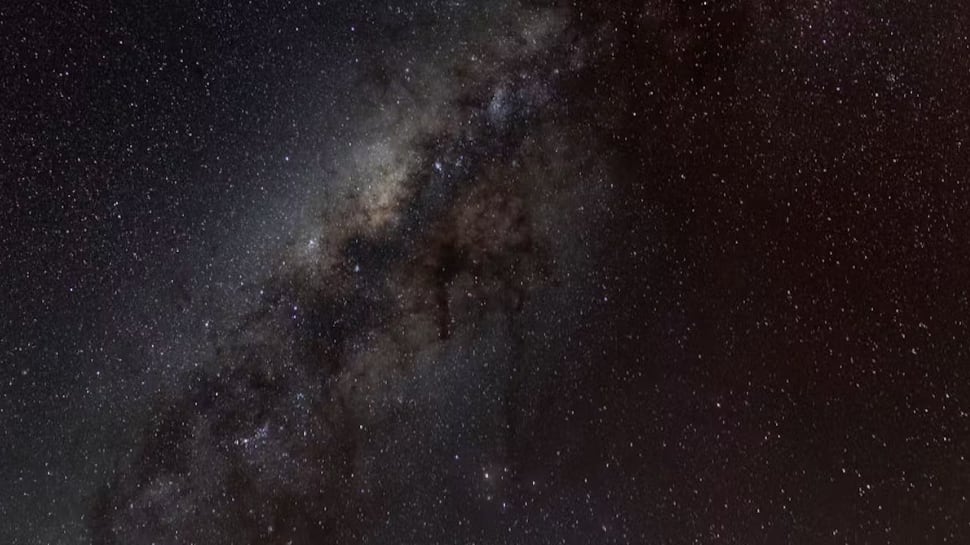The vastness of space, often portrayed as a seemingly endless starry expanse, is both awe-inspiring and mysterious. One question that often comes to mind when observing the night sky is: Why is space dark? With countless stars scattered across the universe, each emitting light, it seems intuitive to think that space should be brightly lit rather than dark. However, the answer to this apparent contradiction lies in the fundamental nature of space and light.
To understand why space is dark, we need to grasp the concept of distance in space. Stars emit light in all directions, and while there are an immense number of them, the vast distances between these stars and our vantage point on Earth result in their light becoming diluted. To picture this, imagine standing in a vast, open field at night with a single candle burning far away in the distance. While the candle is indeed emitting light, the enormous space between you and the candle makes its glow barely perceptible. In the same way, the light from distant stars spreads out across the universe, and by the time it reaches us, it is so faint that it contributes little to illuminating space.
One crucial factor that helps explain the darkness of space is the inverse square law of light. This law states that the intensity of light decreases proportionally to the square of the distance from the light source. In simpler terms, the farther you are from a light source, the dimmer it appears. For example, if you move twice as far away from a light, its brightness will be reduced to a quarter of its original intensity. Now, apply this principle to the vast universe, where stars are often located billions of light-years away. Even the brightest stars in the cosmos appear as faint pinpricks of light from Earth because their luminosity diminishes exponentially over such vast distances. As a result, despite the countless stars in the universe, their light is so spread out that space appears predominantly dark.
Paradoxically, the very reason space is dark is a testament to its immense size. If the universe were smaller or more compact, the light from the stars would not have to travel such vast distances to reach us, and we would experience a brighter sky. In a smaller universe, the light would be more concentrated, and the sky might even appear glowing, filled with star after star. But in our reality, the unimaginable distances between celestial objects are what make space appear so empty and dark.
Although space is dark overall, it is not completely devoid of light. On a clear night, we can observe stars because their light is still concentrated enough to be detected by our eyes or with the help of telescopes. The light from stars that are relatively closer to us is bright enough to pierce the darkness, offering points of illumination in the vast emptiness. Additionally, when we look up at the night sky, we can often see the Milky Way galaxy, our home galaxy, appearing as a faint, glowing band. This is because the stars within the Milky Way are clustered more densely along the plane of the galaxy, creating a visible concentration of light in the night sky.
In conclusion, the darkness of space is a direct result of the vast distances between stars and the behavior of light as it travels over such great expanses. The inverse square law ensures that as light moves farther from its source, it becomes weaker and less noticeable. Despite the numerous stars that fill the universe, the sheer enormity of space causes it to appear dark. This darkness is not a sign of emptiness but rather a natural consequence of the universe’s immense scale. It reminds us of the incredible vastness of the cosmos and the limits of human perception when faced with such profound distances.


